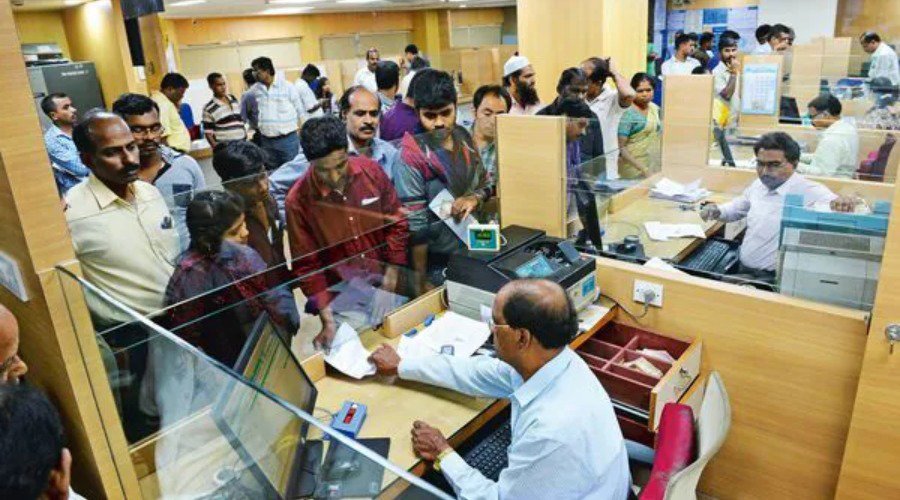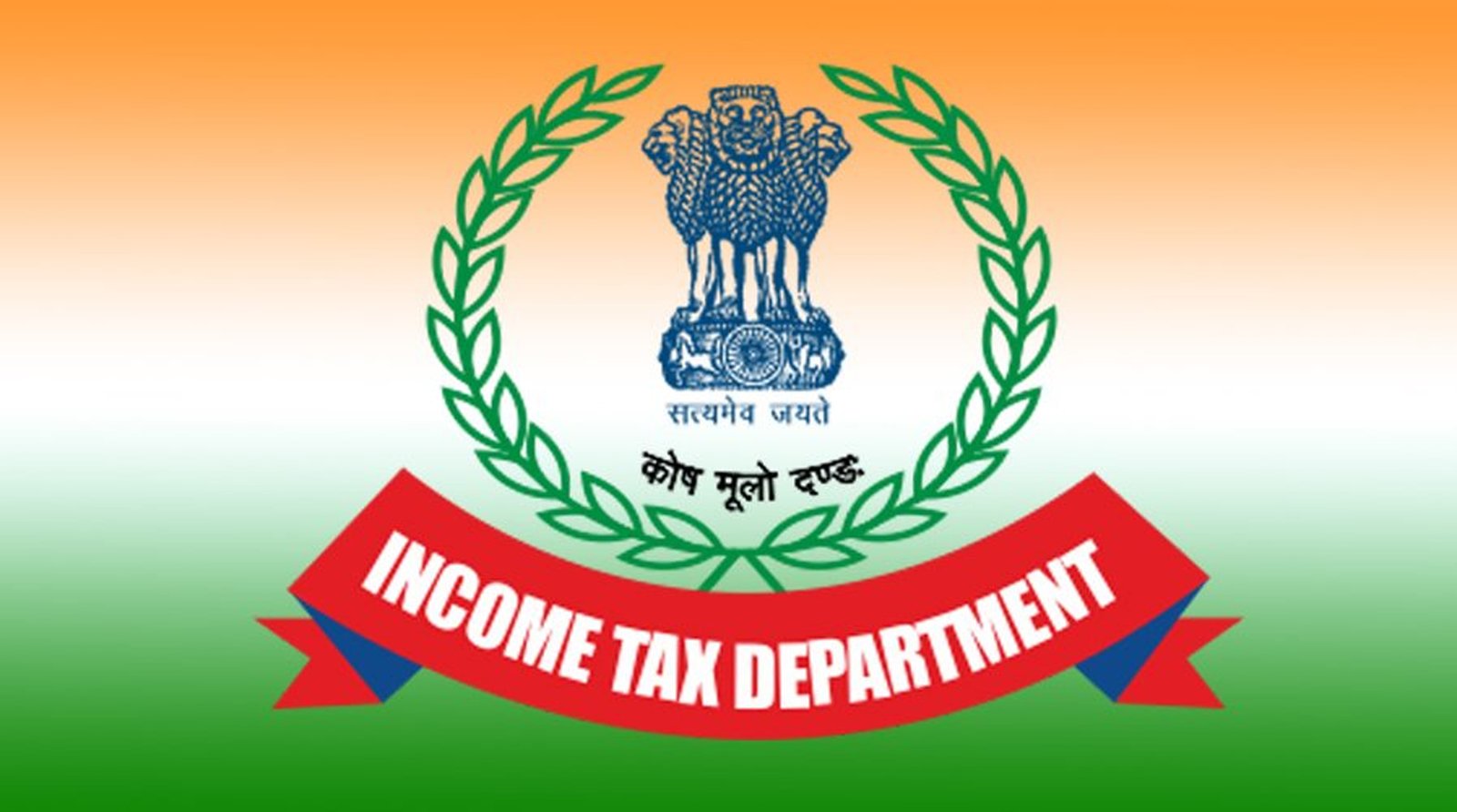
RBI’s Latest Guidelines on Bank Accounts & Deposits (2025 Update)
Introduction
The Reserve Bank of India (RBI) has once again stepped up its efforts to refine India’s banking ecosystem. In its latest directive, RBI has rolled out comprehensive guidelines related to the operation of bank accounts, particularly those held by overseas branches and non-resident Indians (NRIs). These new rules not only ensure regulatory compliance but also strengthen India's monetary system in a global context.
So what exactly has changed? And how does this impact domestic and international banking transactions? Let’s dive deep into the new instructions, simplified for your understanding.
RBI’s Master Circular – Key Highlights
On April 16, 2025, RBI issued a master circular aimed at updating the banking community about procedural simplifications and regulatory tightening. The primary areas of focus include:
-
Rupee accounts opened by overseas branches of Indian banks.
-
Authorized transactions in non-resident accounts.
-
Currency exchange regulations and foreign remittances.
-
Risk mitigation related to speculative foreign transactions.
Opening Rupee Accounts – New Flexibility for Overseas Branches
In a significant relaxation, banks can now open or close non-interest-bearing rupee accounts for their overseas branches or correspondent banks without notifying the RBI. This move is expected to reduce bureaucratic delays and allow banks to function more efficiently at a global level.
📌 Fact Check: Earlier, banks were required to get prior approval from RBI even for minor modifications. This step removes a layer of red tape, especially beneficial in time-sensitive international transactions.
Special Approval for Pakistani Bank Branches
While India has extended ease of access to many global banking partners, there’s a strong caveat—Pakistani bank branches operating outside Pakistan will still need RBI’s special approval to open any rupee accounts in India.
This targeted restriction aligns with national security policies and geopolitical dynamics. It ensures that entities from countries with complex diplomatic ties are subject to higher scrutiny.
Non-Resident Accounts – Updated Transaction Rules
According to the revised framework, deposits made by non-residents into their bank accounts in India are recognized as authorized modes of payment—provided they adhere to FEMA (Foreign Exchange Management Act) regulations.
Withdrawals from these accounts are treated as foreign currency remittances, subject to RBI’s monitoring protocols.
Foreign Currency and Market Rates
RBI also allows banks to purchase foreign currency at prevailing market rates through their overseas correspondents or branches. The only condition is that these funds must be used for operational purposes within India.
This allows smoother functioning of remittance services and removes the dependency on centralized forex purchase permissions.
Monitoring of Transactions for Compliance
While the guidelines offer new operational freedom, RBI has tightened its monitoring framework. All transactions—especially those involving large remittances or cross-border rupee movements—must be closely monitored.
If banks detect any activity that could destabilize the rupee or manipulate currency rates, it must be reported immediately to the RBI.
Measures to Prevent Currency Speculation
The Indian rupee, like any currency, is sensitive to speculative activities. RBI is acutely aware of this and has instructed banks to flag any transactions that seem unnaturally volatile or speculative in nature.
Banks must maintain robust internal checks and balances to deter misuse of the new operational freedom.
The Role of CCyB (Countercyclical Capital Buffer)
One of the more technical updates involves the Countercyclical Capital Buffer (CCyB)—a financial cushion built by banks to weather economic shocks.
RBI has not activated CCyB at this time, indicating a stable macroeconomic environment. However, it has reiterated that it may use this buffer in future crises, keeping it as a backup option.
RBI’s Future-Readiness Strategy
Even though India’s economy is showing resilience, RBI is ensuring that the country’s financial institutions remain well-equipped for any global economic disruptions. These new guidelines are part of a broader plan to build future-proof financial infrastructure.
Impact on Individuals and NRIs
If you're an NRI or frequently deal in foreign remittances, this is good news. The streamlined process means faster processing, fewer delays, and greater transparency.
No more unnecessary paperwork to open accounts or send/receive money—as long as your transactions comply with FEMA rules.
Implications for Indian Banks and Global Partners
For Indian banks with foreign operations, this is a green light to optimize global strategies. Collaborations with international banks, better remittance services, and enhanced financial agility are just a few of the expected outcomes.
Expert Opinions on the Directive
According to Rajiv Kumar, former Vice Chairman of NITI Aayog, “The RBI’s circular sends a strong signal of regulatory modernization. It balances freedom with caution, which is exactly what the Indian banking sector needs right now.”
Financial analysts also appreciate the circular’s clarity and focus on risk control without hindering global financial participation.
Steps Banks Must Take Now
Banks should immediately:
-
Update their compliance teams.
-
Inform overseas branches and correspondents.
-
Train customer service teams to handle NR account queries.
-
Strengthen transaction monitoring systems.
Conclusion
RBI’s latest instructions are a thoughtful blend of liberalization and regulation. By easing certain rules for foreign bank operations while strengthening transaction monitoring, the RBI aims to build a resilient, compliant, and future-ready financial environment.
These changes mark a pivotal step in India’s journey toward becoming a more globally integrated financial powerhouse, without compromising on national interests.


